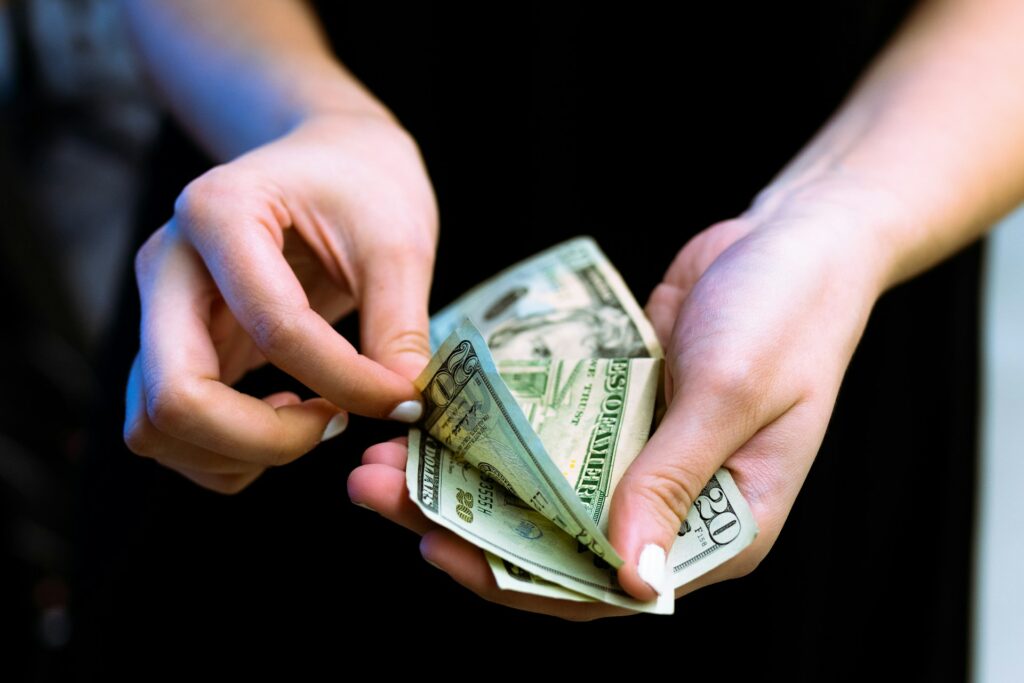The average student loan debt for college graduates is around $30,000. That’s a lot of money! What’s more, it’s an amount that grows every year and compounds interest on top of that. Getting out of debt can seem impossible if you’re just paying the minimum payment each month. But it doesn’t have to be that way! With some focus, commitment, and these tips (not all of which require more money), you can pay down your student loans fast:
Pay More Than the Minimum

Paying more than the minimum is one of the best ways to pay off your loans fast. It’s also one of the easiest tactics to adopt since you don’t have to change much in your monthly budget. All you need is a little extra cash and some discipline!
You can find out how much you can afford by calculating your monthly payment on this calculator from Student Loan Hero: https://studentloanhero.com/calculators/payment-calculator/. This tool will give you a ballpark figure for what it would cost each month if you were paying off all of your loans at once. It’s important to remember that this number may be lower if there are specific terms or conditions attached to one or more of your loans (for example, one might carry a lower interest rate than another). That being said, this is still probably the best place to start when figuring out how much money goes toward paying down debt each month.”
Consider Refinancing

While it may sound simple to refinance your student loans, the process is much more complicated than simply choosing a lower interest rate. You have to take into account how long you’ll be paying off your debt and whether or not you want a fixed or variable interest rate on top of the other factors listed above. If you’re unsure about refinancing, you can always find out more by checking out our Student Loan Refinancing Guide here!
Make Biweekly Payments

Making biweekly payments means paying your student loans every two weeks. It’s a great way to stave off the interest charged on your loan balance, which will help you pay them off faster and save money in the long run.
In addition to making extra payments on your student loans, you can also try using an online service like ReadyForZero or PFM Financial to check up on how much progress you’ve made toward paying down your debt. These tools can help you see where in the process of paying off your loans—whether it be at the beginning, middle or end—and estimate when they’ll be fully paid off based on how much money is being put toward them each month.
Extra Income Goes Toward Debt

When you get a raise or bonus, the first thing you should do is pay extra on your student loans. If you earn $20 per hour and your minimum payment is $250, then make an extra $240 monthly payment to pay down your loan faster.
That’s right: all of that money should go right back into paying off your debt—no splurging on clothes or saving for retirement in an IRA account. The exception is if there’s some big purchase coming up that will help you achieve financial independence faster (like buying a house), since putting more toward savings can accelerate reaching those goals as well.
If you’re earning more than enough to cover all of these expenses but still have extra cash left over each month, don’t spend it frivolously! Instead, take advantage of budgeting apps like Mint so that every dollar has a purpose before it goes into spending—or better yet? Track how much money comes in and goes out with YNAB (You Need A Budget).
Employer Help

Some employers offer student loan repayment benefits for their employees—you may be eligible for a matching contribution or partial reimbursement of tuition and fees.
For example, some employers have developed Student Loan Repayment Assistance Programs that help repay your student loans in exchange for your continued employment with them.
Employer Matching

Employer matching can get you free money. Some employers will match your 401k contributions and some will even match Roth IRA contributions. The amount of the match varies from employer to employer, so you may want to consider which type of account will get you the most bang for your buck.
Student Loan Forgiveness, Cancellation and Discharge Programs.

If you’re not eligible for PSLF and don’t qualify for an income-driven repayment plan, there is still a chance to get some of your debt forgiven. There are several federal programs that can help people struggling to pay off student loans, including:
- Public Service Loan Forgiveness (PSLF)
- Teacher Loan Forgiveness Program (TLFP)
- Perkins Loan Cancellation Program (PLCP)
- William D. Ford Federal Direct Loan Consolidation
Before applying for one of these programs, make sure you meet all of their eligibility requirements. You may also want to consider speaking with a financial planner who can provide guidance based on your unique circumstances.
Conclusion
If you have student loans, there’s no reason not to try these methods. They all have a track record of helping people get out of debt faster and they all have the potential to save you money. Even if one doesn’t work for you, it doesn’t cost anything other than time. So if you’re looking for ways to pay off your student loans fast, give them all a try!